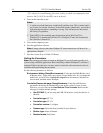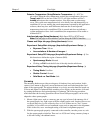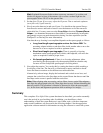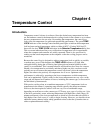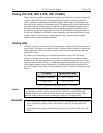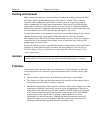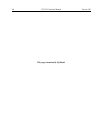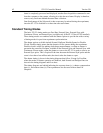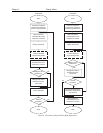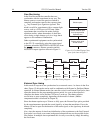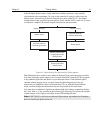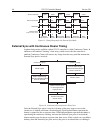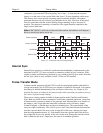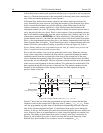
42 ST-133 Controller Manual Version 3.B
frame is completely processed and displayed, another Start Acquisition command is sent
from the computer to the camera, allowing it to take the next frame. Display is therefore,
at most, only one frame behind the actual data collection.
One disadvantage of the Safe mode is that events may be missed during the experiment,
since the ST-133 is disabled for a short time after each frame.
Standard Timing Modes
The basic ST-133 timing modes are Free Run, External Sync, External Sync with
Continuous Cleans, and Internal Sync (available only if the ST-133 has a PTG installed).
These timing modes are combined with the Shutter options to provide the widest variety
of timing modes for precision experiment synchronization.
The shutter options available include Normal, PreOpen, Disable Opened or Disable
Closed. Disable simply means that the shutter will not operate during the experiment.
Disable closed is useful for making dark charge measurements, or when no shutter is
present in the controller. PreOpen, available in the External Sync and External Sync with
Continuous Cleans modes, opens the shutter as soon as the ST-133 is ready to receive an
External Sync pulse. This is required if the time between the External Sync pulse and the
event is less than a few milliseconds, the time it takes the shutter to open.
The shutter timing is shown in the timing diagrams that follow. Except for Free Run,
where the modes of shutter operation are identical, both Normal and PreOpen lines are
shown in the timing diagrams and flow chart.
The timing diagrams are labeled indicating the exposure time (t
exp
), shutter compensation
time (t
c
), and readout time (t
R
). These parameters are discussed in more detail in
Chapter 6.



